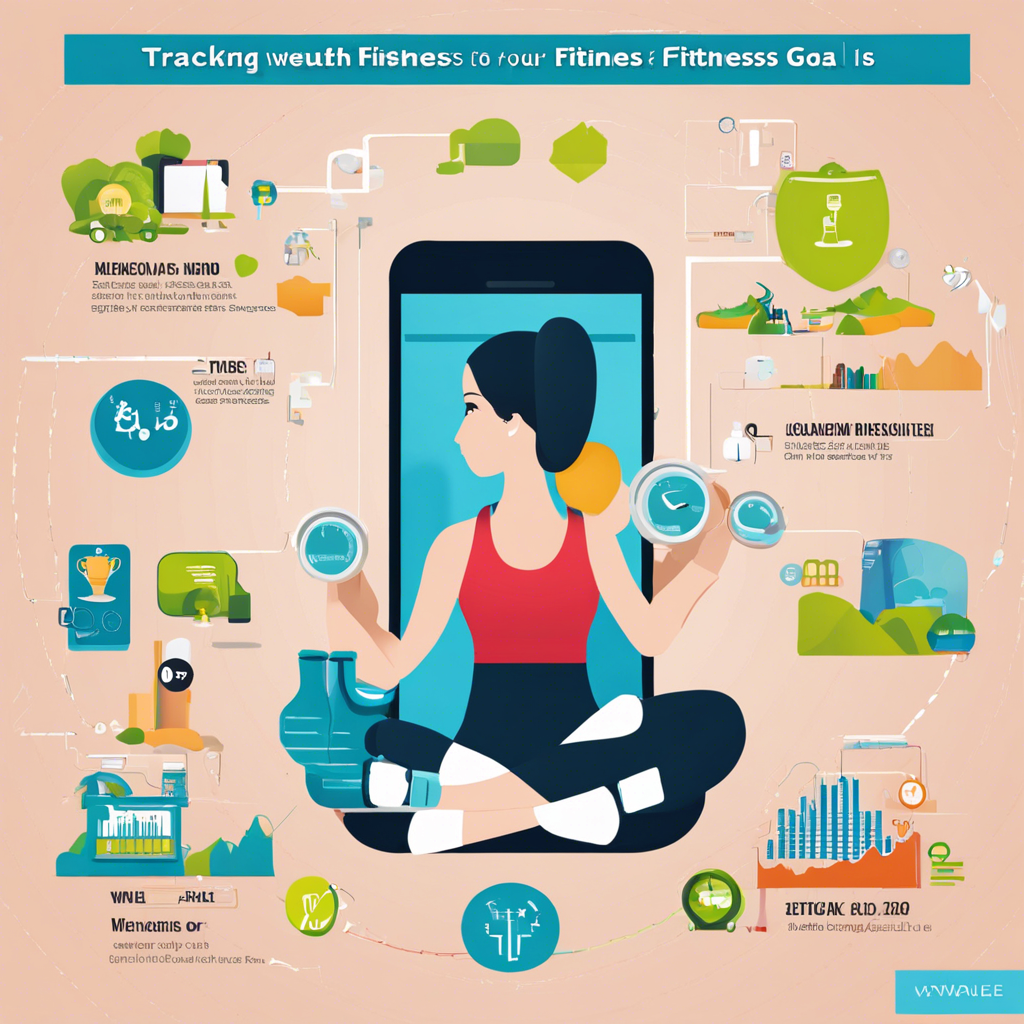The fitness industry is constantly evolving, and technology plays an increasingly integral role in helping individuals achieve their health and fitness goals. Fitness wearables, in particular, have become incredibly popular, with many people using them to track their daily steps, heart rate, sleep patterns, and more. But how did we get here, and what impact do these devices really have on our health and fitness journeys?
The concept of tracking your fitness is not new. For decades, people have been manually recording their workouts, running routes, and calorie intake in journals and spreadsheets. However, the emergence of wearable technology has revolutionized the way we monitor our health and fitness. From basic pedometers to advanced smartwatches, these devices offer unprecedented insights into our daily movements and biometric data.
One of the key benefits of fitness wearables is their ability to provide real-time feedback and motivation. With a quick glance at your wrist, you can instantly see how close you are to achieving your daily step goal or how your heart rate varies throughout the day. This immediate feedback can be a powerful motivator, encouraging you to take the stairs instead of the elevator or squeeze in a quick walk during your lunch break.
Fitness wearables also provide a wealth of data that can help you make informed decisions about your health. For example, tracking your sleep patterns can reveal the quality of your sleep and identify areas for improvement. Similarly, monitoring your heart rate during workouts can help you optimize the intensity and duration of your exercises for maximum benefit.
In addition, many fitness wearables offer community features that allow you to connect with friends, family, or like-minded individuals. This social aspect adds a layer of motivation and accountability, as you can compare your progress, participate in challenges, and celebrate milestones together.
While the benefits of fitness wearables are significant, it’s important to remember that they are just tools. The device itself won’t magically improve your health; it’s the behavior changes and consistent actions that make the difference. As with any technology, it’s also essential to consider privacy and data security concerns, as wearables collect sensitive information about our bodies and daily lives.
As the market for fitness wearables continues to expand, the options can be overwhelming. It’s important to choose a device that aligns with your personal goals and preferences. Consider the type of activity you engage in, the specific metrics you want to track, and the level of convenience and comfort you desire.
With their ability to provide real-time feedback, detailed data insights, and a community of support, fitness wearables can be powerful tools in helping us stay motivated, make informed decisions, and ultimately achieve our health and fitness goals.
